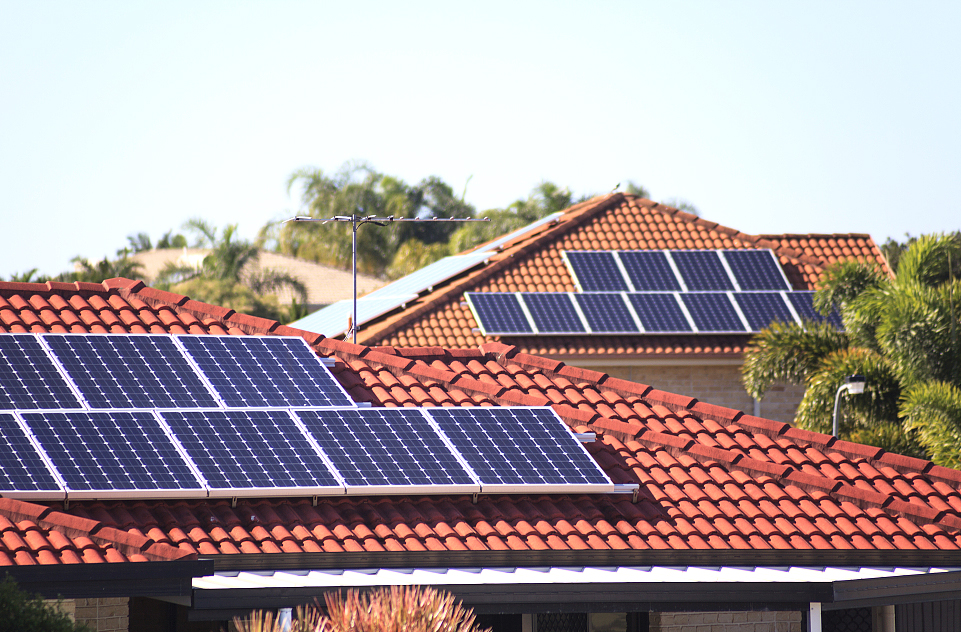Home energy storage system, also known as battery energy storage system, the core is a rechargeable energy storage battery. Home energy storage systems are usually based on lithium-ion or lead-acid batteries, controlled by computers, and realize charging and discharging cycles under the coordination of intelligent hardware and software.
Home energy storage systems can usually be combined with distributed photovoltaic power generation to form home light storage systems.
From the user side
Home light storage system can reduce the electricity cost and eliminate the bad influence of power failure on normal life.

From the grid side
Home energy storage devices that support unified scheduling ease the tension during peak hours and provide frequency correction for the grid. Home photovoltaic energy storage system)
According to the different coupling modes of photovoltaic and energy storage systems, they are divided into DC coupling systems and AC coupling systems. It is suitable for the incremental market of newly installed photovoltaic systems and the stock market of installed photovoltaic systems.
The incremental market space is larger, which is the main driving force for future market growth. Stock market, generally use AC coupling products. Only need to install batteries and energy storage converters, does not affect the original photovoltaic system, and the design of the energy storage system is not directly related to the photovoltaic system in principle, and can be determined according to demand. The advantage of AC coupling is high safety: under the AC coupling mode, the energy is collected at the AC end, which can be directly provided to the load or sent to the grid, or directly charged to the battery through the two-way converter, and low-voltage PV and low-voltage batteries can be used to eliminate the risk of DC high voltage in the energy storage system.
